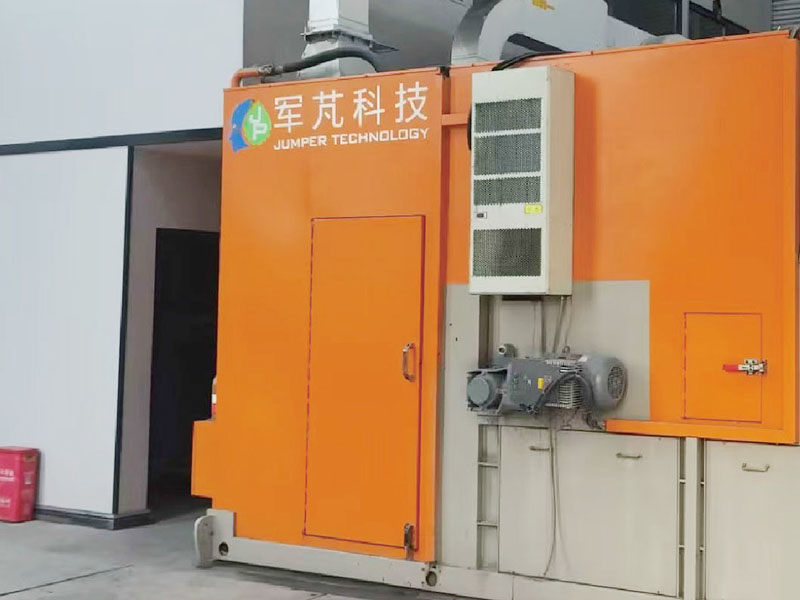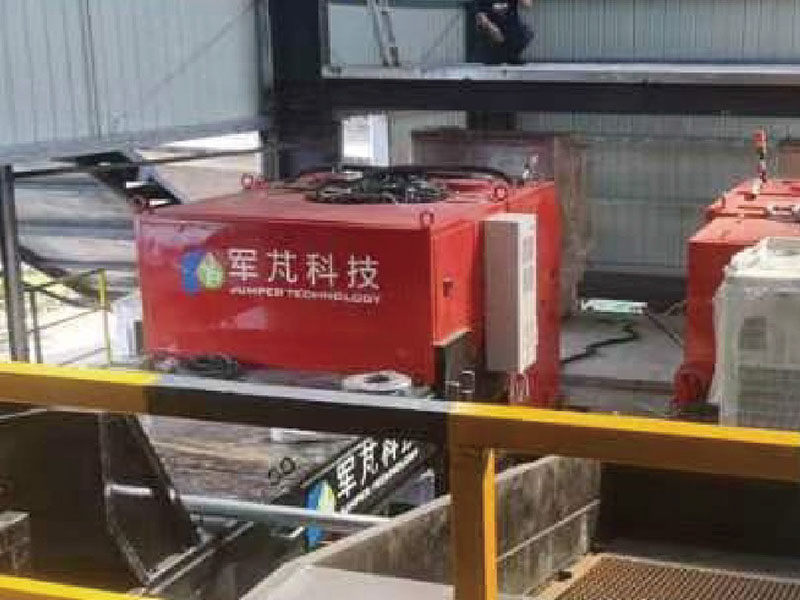Mining News | Sichuan discovers the largest manganese ore body in nearly ten years
Mining News
Domestic News
China discovers its first billion-ton shale oil field
JUMPER TECHNOLOGY
Recently, reporters learned from Sinopec Shengli Oilfield that a major breakthrough has been made in oil and gas exploration in the Shengli Jiyang Shale Oil National Demonstration Zone. In the Xinxin Oilfield Fanye Ping 1 block in Gaoqing County, Zibo City, Shandong Province, the proven geological reserves of shale oil in the shale formation have reached more than 140 million tons, with technically recoverable reserves of 11.36 million tons. This is the first shale oil field with proven geological reserves exceeding 100 million tons to be reviewed and filed by the Ministry of Natural Resources.
Jia Chengzao, an academician of the Chinese Academy of Sciences and an expert in petroleum geology and structural geology, said that shale oil is an important area for increasing and stabilizing domestic crude oil production, and proven reserves are a core indicator supporting current production. In January this year, the Ministry of Natural Resources issued the "Specification for Estimating Petroleum Reserves in Shale Formations," marking a new stage of standardization and normalization in China's shale oil resource management.

Sichuan discovers the largest single manganese ore body in nearly ten years
JUMPER TECHNOLOGY
Recently, it was learned from Sichuan's natural resources department that the Mao Wanli manganese mine prospecting project in Qingchuan, Sichuan has made a major breakthrough, discovering 6.067 million tons of manganese ore resources.
After long-term exploration, the Mao Wanli manganese mine prospecting project has discovered an inferred resource of 4.628 million tons of manganese ore within the prospecting area. Simultaneously, an estimated inferred resource of 1.439 million tons of manganese ore was estimated in the blank area between this prospecting area and the adjacent mining right area to the south, totaling 6.067 million tons. It is noteworthy that the project team discovered over 6 million tons of manganese ore resources in just 1 square kilometer in Mao Wanli, with a single ore body resource scale reaching a medium size. This solved the puzzles and difficulties that had plagued the research of the manganese ore region in northwestern Sichuan for more than 50 years, and improved the regional prospecting space.

Net profit surged by 50% last year
Zijin Mining First dividend exceeding 10 billion yuan
JUMPER TECHNOLOGY
Zijin Mining disclosed its 2024 annual report, showing that in 2024, Zijin Mining achieved operating revenue of 303.64 billion yuan, a year-on-year increase of 3.49%; and achieved a net profit attributable to the parent company of 32.051 billion yuan, a year-on-year increase of 51.76%. At the same time, Zijin Mining plans to implement annual cash dividends of 7.44 billion yuan in 2024. Combined with the previously completed interim cash dividends of 2.66 billion yuan, the company's total annual cash dividends will exceed 10 billion yuan for the first time.
According to the disclosure, in 2024, Zijin Mining seized the favorable opportunities in the metal market and released production capacity of its main metals. Among them, the output of mineral copper was 1.07 million tons; with the completion and commissioning of the Xinjiang Savayarlton gold mine and the technical transformation and expansion of projects such as the Wulitika gold mine in mainland China, the company's gold production capacity has been further improved, with mineral gold production reaching 73 tons in 2024.
The company's planned production targets for major mineral products in 2025 include: planned production of 1.15 million tons of mineral copper, 85 tons of mineral gold, 440,000 tons of mineral zinc (lead), 40,000 tons of lithium carbonate equivalent, 450 tons of mineral silver, and 10,000 tons of mineral molybdenum.
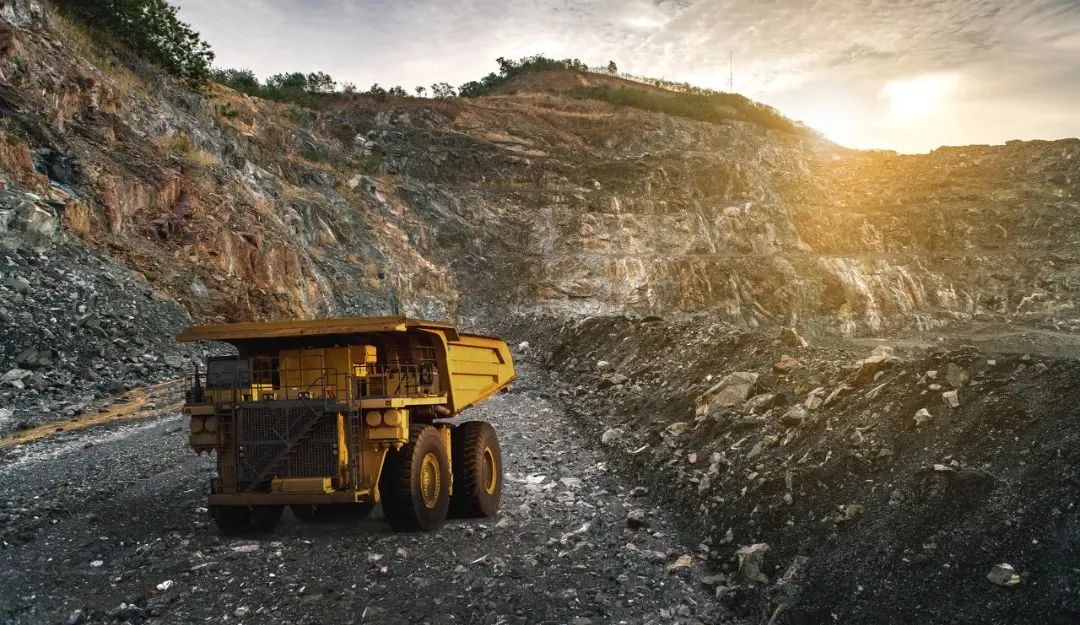
Revenue enters the 200 billion yuan mark
Luoyang Molybdenum releases its best-ever annual report
JUMPER TECHNOLOGY
On the evening of March 21, Luoyang Molybdenum disclosed its annual report, showing that it achieved revenue of 213.029 billion yuan last year, a year-on-year increase of 14.37%; and a net profit of 13.532 billion yuan, a year-on-year increase of 64.03%. This is the first time Luoyang Molybdenum's annual revenue has exceeded 200 billion yuan, and also the first time its net profit has exceeded 10 billion yuan.
Luoyang Molybdenum attributed the significant increase in net profit in 2024 to the significant year-on-year increase in the output of its main products, copper and cobalt, coupled with the year-on-year increase in copper prices and the implementation of cost reduction and efficiency improvement measures. Luoyang Molybdenum's copper and cobalt business is mainly located in the Democratic Republic of Congo. In 2024, this region contributed 50.6 billion yuan in operating revenue to Luoyang Molybdenum, a year-on-year increase of 80.71%, increasing its proportion of total revenue from 15.03% in the previous year to 23.75%. In addition, in 2024, Luoyang Molybdenum's copper, cobalt, niobium, and phosphorus production all reached record highs.

218.5 billion tons of coal + 3203 tons of gold!
China's mining industry breaks through deep earth, rewriting the global energy landscape
JUMPER TECHNOLOGY
Recently, the Ministry of Natural Resources released the "2024 China Natural Resources Bulletin" (hereinafter referred to as the "Bulletin"), which comprehensively and multi-dimensionally showcases the new achievements and progress made in natural resources work over the past year with detailed data, charts, and text, presenting a weighty report card to society.
By the end of 2023, the national coal reserves were fixed at 2185.7 billion tons, remaining stable compared to 2022. A breakthrough was achieved in deep resource exploration—130 billion cubic meters of newly proven reserves of coalbed methane in the kilometer-level deep part of the Ordos Basin were added, becoming the world's first commercially developed gas field with a burial depth exceeding 3000 meters. This breakthrough marks the official entry of China's coal development into the "deep earth era".
Strategic mineral resources show across-the-board growth: gold reserves exceeded 3203.77 tons, with the Zalong mining area in Tibet adding 159 tons of gold reserves in a single year, setting a new domestic prospecting record; lithium resources made a breakthrough against the trend, with the Jijiaoshan mining area in Linwu, Hunan adding 1.31 million tons of lithium resources, driving China's global share of lithium ore reserves from 6% to 16.5%, rising from sixth to second place; rare earth dominance was further upgraded, with the Xishan mining area in Shandong adding 1.02 million tons of rare earth resources, further consolidating China's position as the world's largest rare earth reserve country.
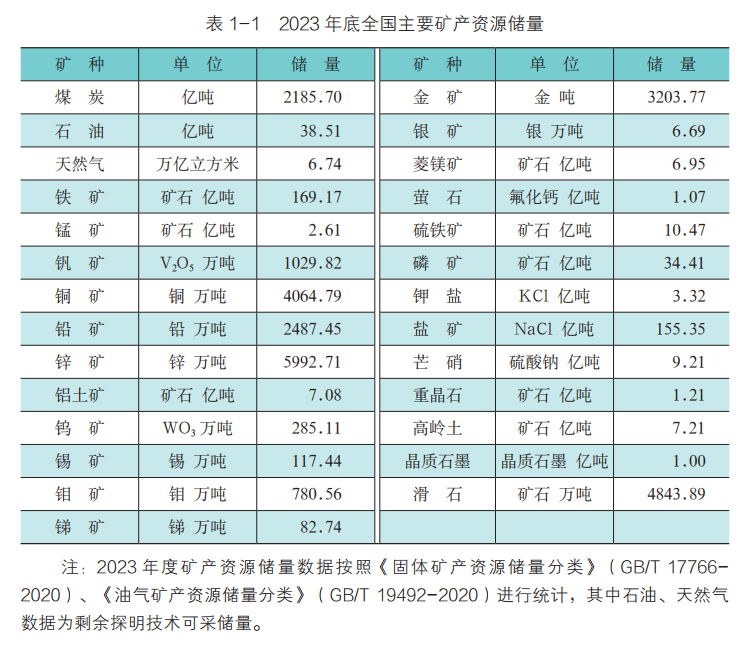
112.101 billion yuan—In 2024, national geological exploration investment reached a record high, with social capital accounting for 84%, and the capital market's bet on the resource revolution was almost frenzied. This "national prospecting" movement gave rise to 150 new mineral deposits, 103 of which reached a large or medium scale, and the efficiency of strategic mineral resource layout increased by 20% compared to 2023.
Three major battles secured victory: a super-large uranium mine was discovered in Jingshan, Gansu, with potential reserves that can support future nuclear energy strategic needs; the Julong copper mine in Tibet added 19.78 million tons of resources, adding another weight to the independence of the copper supply chain; and a world-class copper mine was discovered in Changbaishan, Jilin, with a private exploration team achieving a super-large deposit for the first time. Market-oriented reforms have yielded significant results, with 92.6% of newly established prospecting rights obtained through "bidding, auctioning, and listing," a 12 percentage point increase from the previous year.

On the tightrope between development and protection, China's mining industry has embarked on a new paradigm. Nationwide, 1063 national-level green mines have been built, and over 3753 provincial-level green mines. Shandong and Shanxi have piloted the "mine restoration + photovoltaic" model, cumulatively restoring over 333,300 hectares of abandoned mines, setting a record high. The newly revised "Mineral Resources Law" established a special chapter on ecological restoration for the first time, 125 mineral species "three rates" standards were implemented, and the coal mine recovery rate achieved a breakthrough in resource utilization efficiency through systematic improvement.
Technological innovation reshapes industrial logic: 5G communication and Beidou navigation systems cover more than 30 large coal bases. While the registered mining area is compressed by 1.4%, the unit area output increases by 6.2%. This "reducing quantity and increasing efficiency" model has achieved remarkable results in traditional energy bases such as Shanxi and Inner Mongolia, providing a practical example for the "dual carbon" goal.
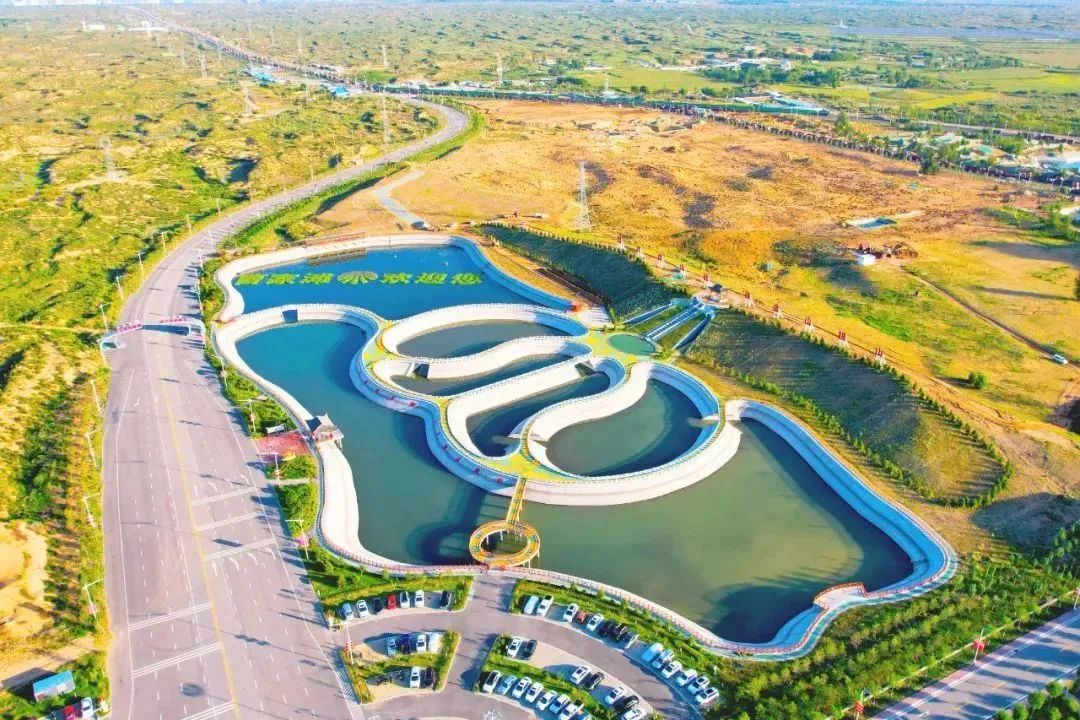
While Western countries are still debating the path of energy transition, the major national science and technology project "Deep Earth" has been officially launched. The "Deep-time Digital Earth" international major scientific program has been launched, the key research and development project "Strategic Mineral Resource Development and Utilization" has completed its task deployment, and the construction of national key laboratories related to energy resources has been approved. The first 10,000-meter scientific exploration well in the Tarim Basin has penetrated 10 oil and gas layers, and the volcanic rock reservoir exploration technology in the Songliao Basin, together with the CCUS project, has promoted an increase of more than 10% in the recovery rate of old oil fields. The deep earth strategy is rewriting the rules of the game: the Duolong copper mine area in Tibet has added 4.17 million tons of resources, and breakthroughs in deep-level development technology in the Xinjiang Zhundong coalfield have transformed "unmineable" resources into strategic reserves.
More noteworthy is that China has achieved industrial-scale production of high-purity helium gas through the world's first set of helium-containing coalbed methane purification technology, and has added proven reserves of 4.07 billion cubic meters. This independent production of strategic resources indispensable for chip manufacturing significantly reduces the risk of dependence on imported helium (previously 97.5% dependent on overseas). At the same time, the deep earth Taka 1 well has broken through a drilling depth of 10,910 meters. The independently developed 10,000-meter-class drilling rig and 220°C-resistant drilling fluid, etc., core technologies have not only enabled China to obtain complete rock cores from the 10,000-meter stratum for the first time and discover oil and gas indications, but also made China an important formulator of global onshore ultra-deep resource exploration equipment standards.

Mining News
International Perspective
Discovery of Hamersley Iron Ore in Australia Rewrites Global Resource Pattern
JUMPER TECHNOLOGY
In March this year, an ultra-large iron ore deposit with proven reserves of 55 billion tons was discovered in the Hamersley region of Western Australia. With an iron content exceeding 60%, its potential economic value is equivalent to the total output value of the global high-end manufacturing industry for three years. The scale of this deposit accounts for 29% of the global proven total, breaking through traditional geological theoretical understanding. It reveals that it was formed during the breakup of the supercontinent 1.4 billion years ago, formed by the synergistic effects of plate movement, hydrothermal activity, and chemical weathering, overturning the mainstream view of ore formation from a single oxidation event 2.2 billion years ago. Its development will strengthen Australia's leading position in the global iron ore trade, but ultra-large-scale mining faces the dual challenges of ecological protection and carbon emission control, and resource concentration may exacerbate international market price fluctuations. This discovery points out a new direction for global mineral exploration. Steel-producing countries need to balance the opportunities of resource diversification and the risks of concentration, achieving sustainable development through technological innovation and international cooperation. As a major breakthrough in earth science, its value lies not only in resource development, but also in providing new insights for humanity's exploration of the laws of natural evolution and green development paths.

Democratic Republic of Congo Plans to Jointly Control Cobalt Market with Indonesia
JUMPER TECHNOLOGY
According to MiningWeekly, citing Bloomberg, a ministerial committee in the Democratic Republic of Congo has recommended measures to extend the temporary ban on cobalt exports, including cooperation with Indonesia, the second-largest producer of this battery metal.
In late February, the Democratic Republic of Congo, which accounts for more than three-quarters of the world's cobalt production, suddenly ordered a four-month export suspension. The surplus of this metal used in power batteries has led to a sharp drop in its price. The Congolese government is now considering implementing long-term policies to gain more benefits from the mining and processing of this metal and prevent the outflow of materials from the Congo after the lifting of the ban.
According to data from Darton Commodities, a professional trading company, although the Democratic Republic of Congo remains the world's largest cobalt resource country, Indonesia's cobalt production has been growing and reached 11% last year. Cobalt is produced as a by-product in both countries: as a by-product of copper in the Democratic Republic of Congo and as a by-product of nickel in Indonesia.

Previous:
Recommended information








